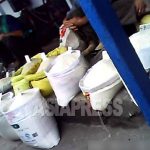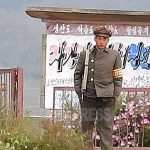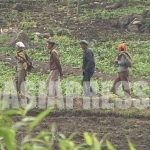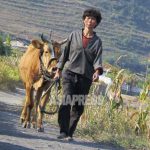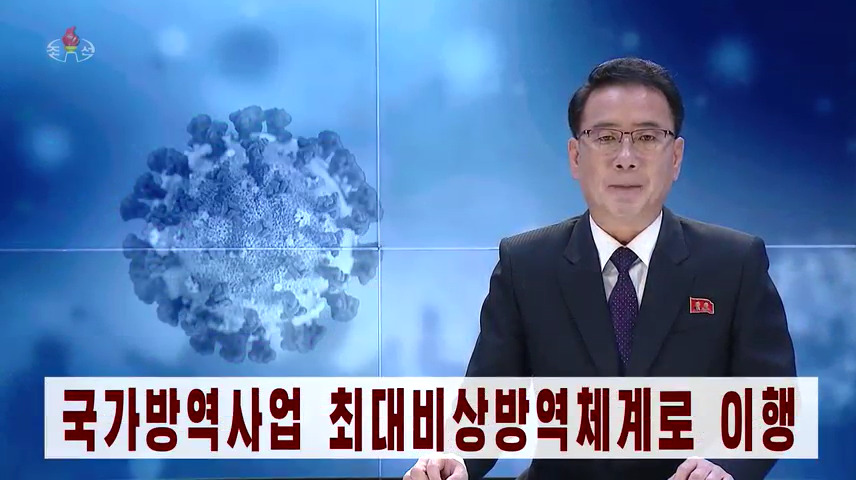
It has been a month since the Kim Jong-un regime acknowledged an outbreak of COVID-19. North Korean authorities have been releasing the number of new fever cases, recoveries and people undergoing medical treatment on a daily basis; however, they have stopped releasing information about deaths. It is unclear whether the data released by the government is accurate, and whether fever cases refer to people infected with COVID-19. There is so little information available, it is impossible to know the real COVID-19 situation in the country and how the authorities are responding. ASIAPRESS received reports from several reporting partners in the northern part of the country in early June. (KANG Ji-won, ISHIMARU Jiro)
◆ The authorities simply use temperature checks to determine infections
“A” lives in Yanggang Province in an apartment with his family. “B”is a party member who lives in a city in North Hamgyung Province.
―― How are the authorities conducting temperature checks?
A: The head of the inminban (people’s unit) and a member of the “emergency quarantine team” go around to each household in the inminban to check people’s temperatures 2-3 times per day. They say that the government will provide masks and medicine if people self-report they have fevers.
※ Emergency quarantine teams were created after the government acknowledged the COVID-19 outbreak and are made up of disease control officials, police officials, secret police officials, and party and government officials. The teams visit households and crackdown on people who break bans on movement and other regulations.
※ Inminban are North Korea’s lowest administrative unit and are made up of 20-40 households.
―― What happens to people with fevers?
A: They are isolated and can’t leave their houses for any reason. No one is allowed to visit them and officials talk to them from outside their doors to check how they are. Around a week after they begin their quarantine, officials check their temperatures. If their fevers have subsided, they are registered as having been “cured.” While registered as “people with fevers,” even the heads of their inminban are not allowed to come in contact with them, which means their temperatures are not taken during that period.
―― How do the authorities place people in quarantine?
A: Most are quarantined at home. People who live by themselves are put into isolation facilities. There’s no set period in which people are quarantined. The authorities are saying that symptoms (of COVID-19) improve after a week to 10 days, and the quarantine period ends once fevers subside.
◆ “I also got infected by COVID-19”
―― It seems the authorities are basing their diagnoses on whether people have fevers or not. Do they conduct PCR tests to determine whether people have COVID-19?
A: Not at all. All they do is conduct temperature checks. People with difficulties breathing or serious symptoms go to the hospital, but there’s no particular medical treatment they receive there. I hear they are simply given fever reducers through IV and cold medicine.
―― How are you doing?
A: I also got infected by COVID-19. I had a hard time after getting a fever, but recovered eight days later. I received a medicine called paracetamol from my inminban. There are tons of people with fevers. However, most are recovering. People want the lockdowns to be lifted as soon as possible. The atmosphere of tension has subsided compared to the beginning (of the lockdowns).
※ He doesn’t know if he actually got infected with COVID-19 because he was never tested for the virus. Paracetamol is a commonly available fever reducer.
―― Tell us about the situation in the district you’re living.
A: I heard from the head of my inminban on June 6 that we have six people in serious condition, 12 people who have recovered, and seven people who have symptoms (of the coronavirus).
※ One inminban appears to be made up of around 40-100 people.

